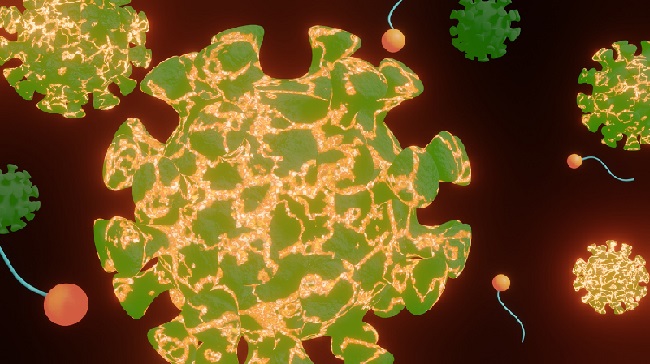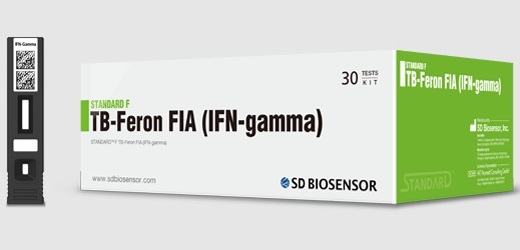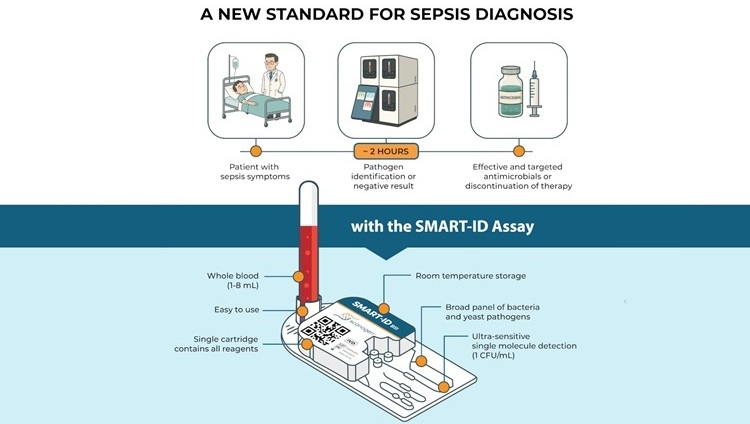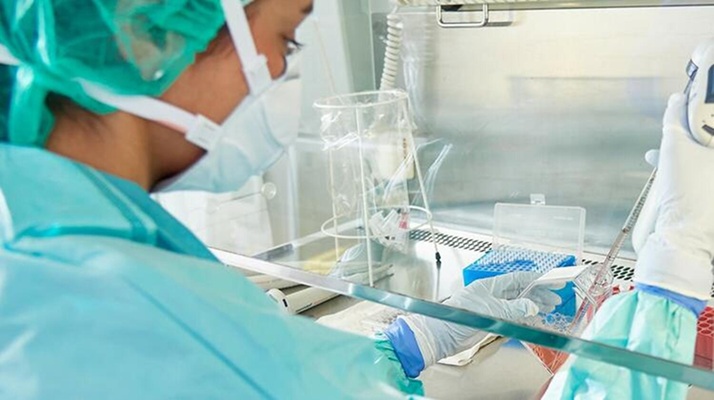New Rapid Method for Determining Virus Infectivity Could Revolutionize Response to Future Pandemics
Posted on 25 Jul 2024
On average, every four years a new virus emerges that poses a pandemic threat, in addition to numerous already known viruses that have the potential to jump across species. Currently, there is no test that can quickly determine whether a virus in a sample is intact and potentially infectious, or damaged and non-infectious, without requiring weeks of cell culture. The traditional method for assessing viral infectivity involves the use of cultured cells, which not only takes days to yield results but also requires specialized personnel and specific cell lines that are not always available for every virus. Additionally, this method is limited to evaluating antivirals that do not harm the cells, complicating the discovery of new disinfectants that can interrupt the chain of viral transmission. Now, a new groundbreaking assay can screen viruses against virucidal antivirals in minutes, enabling quick determination of the effectiveness of antiviral measures, such as disinfectants.
This innovative technique, devised by researchers at the University of Birmingham’s School of Chemistry (Birmingham, UK), has been described in a study published in ACS Biomacromolecules. It employs a dye that can ordinarily penetrate viruses through pores in the capsid (protein shell) that surrounds its genetic material (DNA or RNA). When the dye binds to the viral DNA or RNA, it emits a fluorescent signal. The resulting assay, named FAIRY (Fluorescence Assay for vIRal IntegritY), quickly indicates whether a virus is intact and likely infectious, or damaged and non-infectious. The effectiveness of the FAIRY assay was tested on various viruses, including herpes simplex virus (HSV-2), respiratory syncytial virus (RSV), cytomegalovirus (CMV), Human Rhinovirus-8 (HRV-8), Human Coronavirus OC43 (OC43), chikungunya virus (CHIKV), Dengue virus 1 and 2, zika virus, and enterovirus 71 (EV71).

The FAIRY assay’s broad applicability was demonstrated across both enveloped and non-enveloped viruses, and DNA and RNA viruses. These viruses were subjected to treatments with a variety of chemicals known for their virucidal properties, such as hydrogen peroxide, ethanol, isopropanol, and other antivirals. The tests confirmed that the FAIRY assay is a promising tool for the rapid evaluation of virucides that disrupt viral capsids.
“This simple, low-cost, assay uses ready-made consumables, and can rapidly screen multiple disinfectants and viruses, in a single microplate assay, for their ability to neutralize viral infectivity,” said Dr. Samuel Jones from Birmingham’s School of Chemistry led the research team that developed the FAIRY assay. “It could have screened every disinfectant for antiviral activity during the SARS-CoV-2 pandemic and so deliver a more rapid response during the next pandemic.”
Related Links:
University of Birmingham’s School of Chemistry














